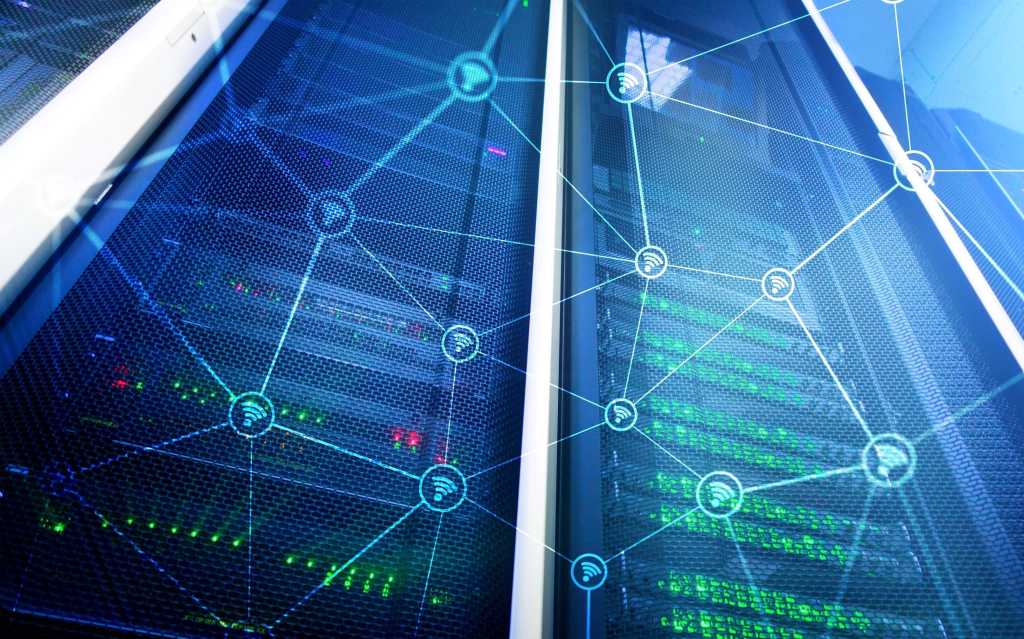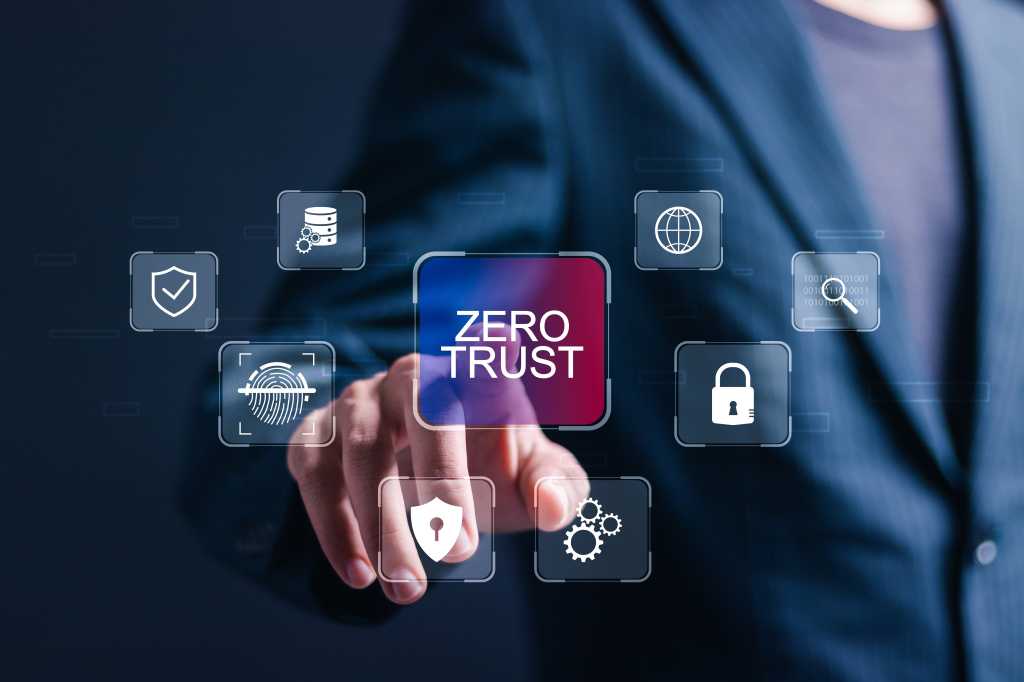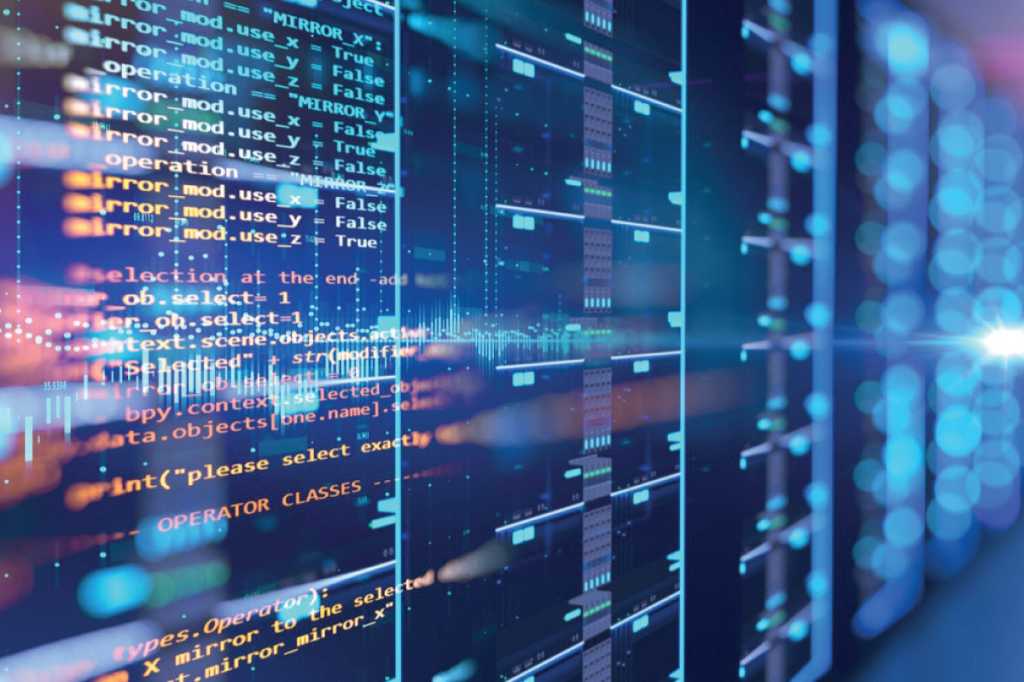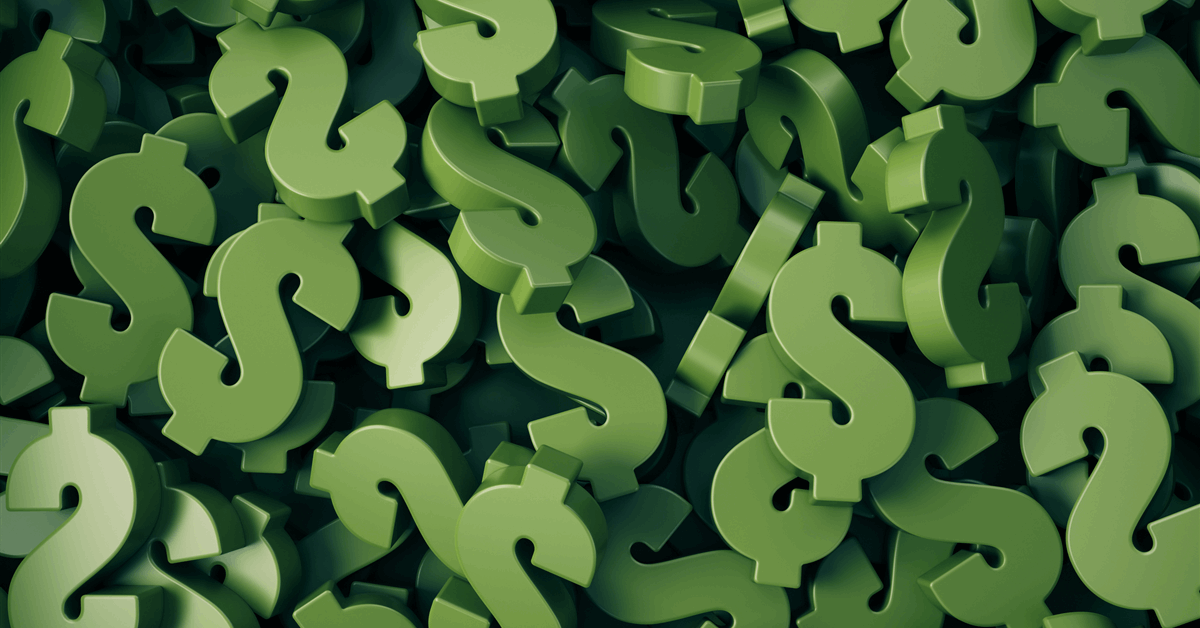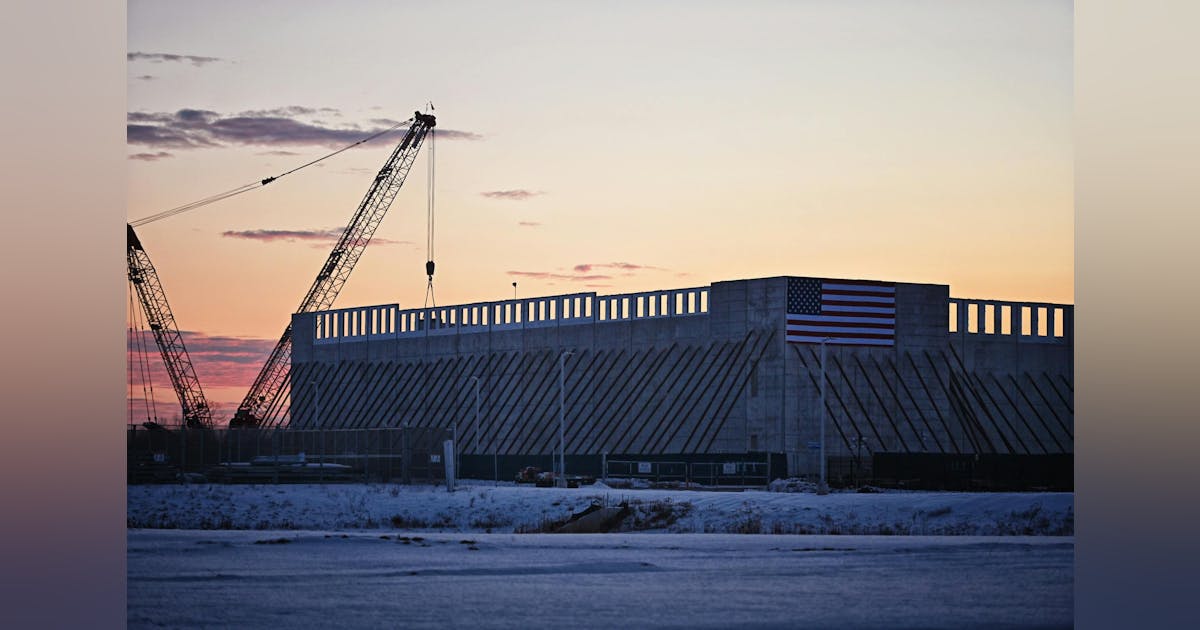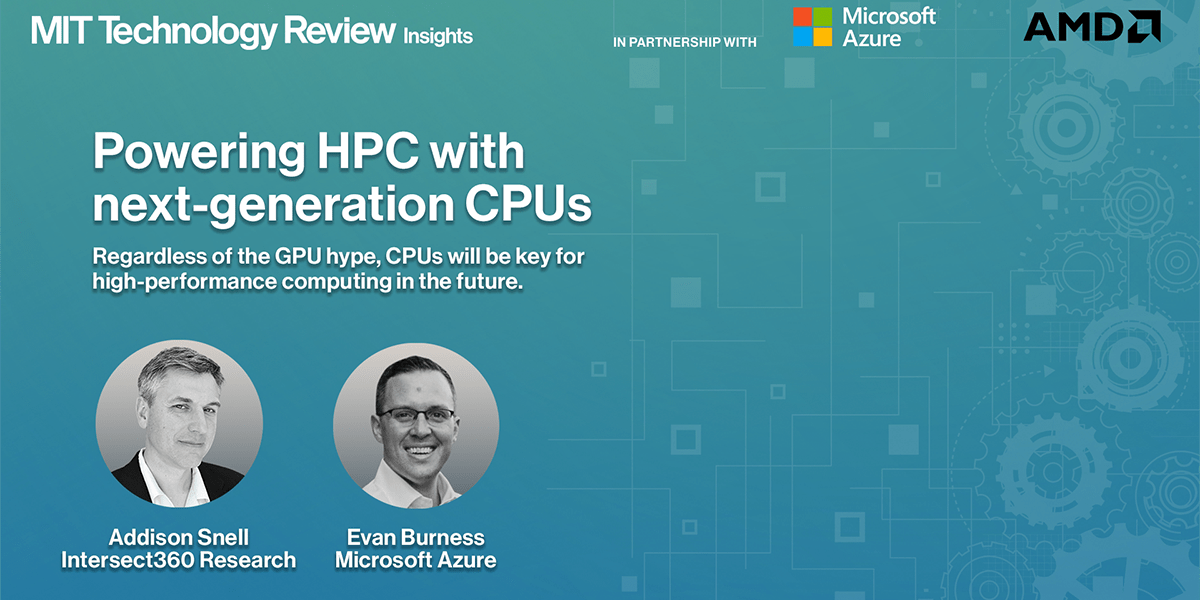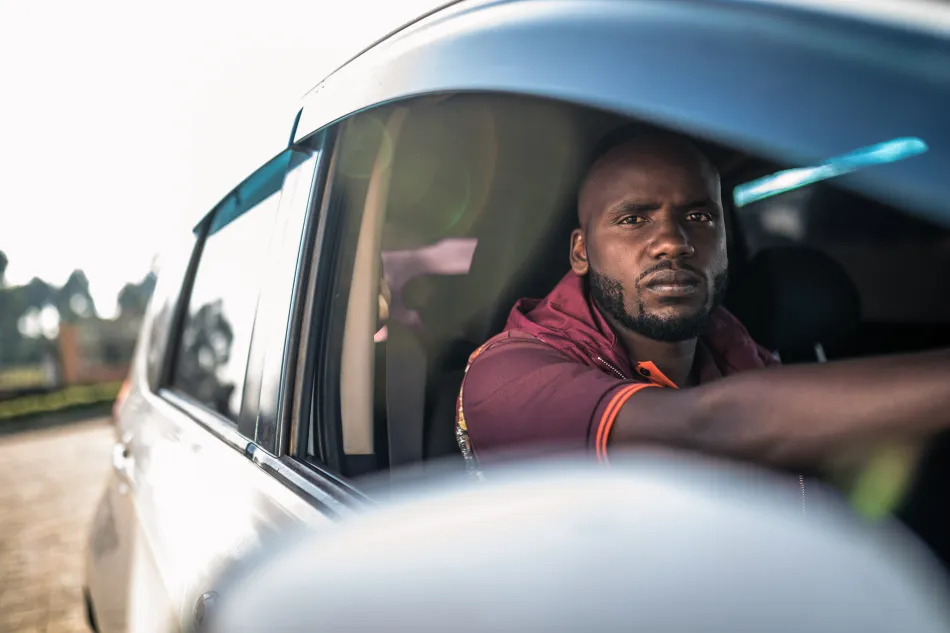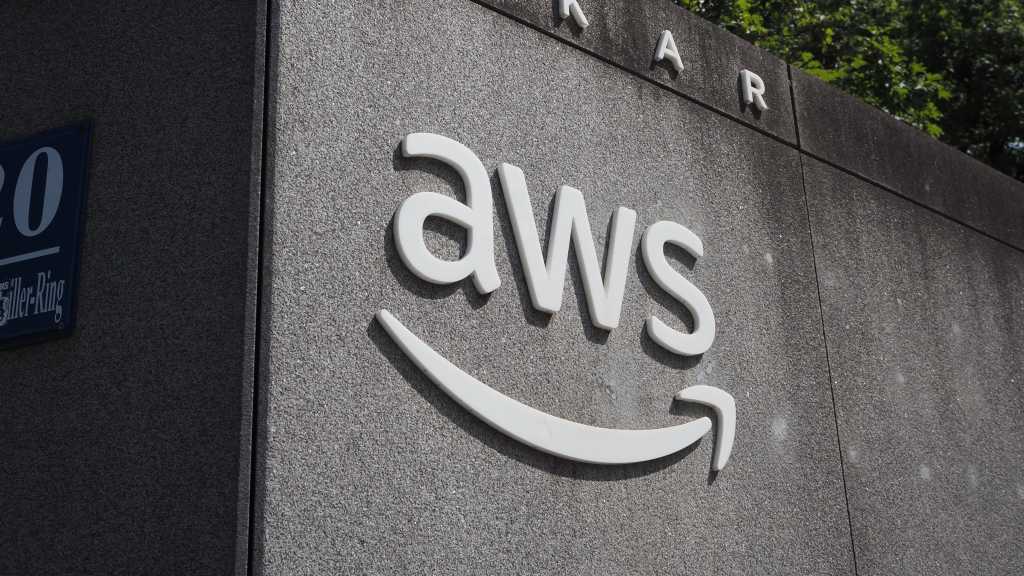
While its 5G service is gone, the company is continuing to offer Integrated Private Wireless (IPW) on AWS, which connects customers with its partner communication service providers’ private 5G and 4G LTE networks.
“This feels less like a retreat and more like a strategic realignment,” said Mike Leibovitz, Gartner research analyst covering enterprise networking.
AWS will likely shift more to the partnership-driven IPW, he noted. “It may be a pragmatic move to address cited spectrum and hardware challenges while staying active in the private wireless space.”
Private 5G a ‘massive opportunity’
That’s not to say that interest in private 5G is going away; quite the contrary, according to reports. Dell’Oro Group found that private wireless radio access network (RAN) revenues ended much higher than expected in 2024, growing more than 40%.
“It is still early in the private 5G journey [and] it will take some time before enterprise spending will move the larger RAN needle,” Stefan Pongratz, Dell’Oro Group VP, said in a recent report. However, private wireless “moved above the noise” last year, representing roughly 3% to 5% of total RAN, he noted.
Still, the firm noted: “Private wireless is a massive opportunity, but it will take some time for enterprises to embrace private cellular technologies.” Dell’Oro lists Huawei, Nokia, and Ericsson as the top private wireless RAN providers. Other key players include Verizon, Samsung, ZTE Corporation, AT&T, Deutsche Telekom Group, Juniper Networks, Cisco, NTT, and Celona.

